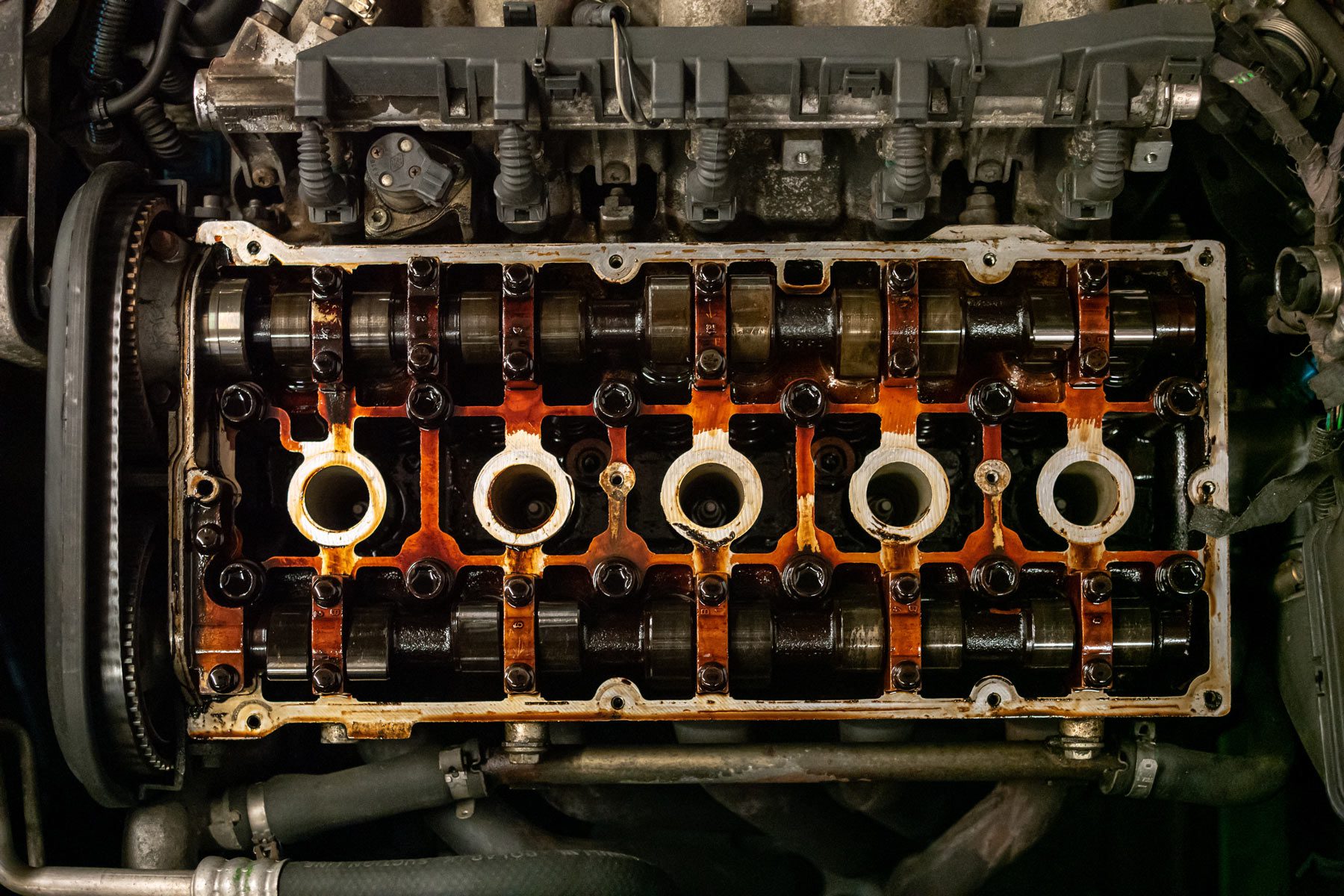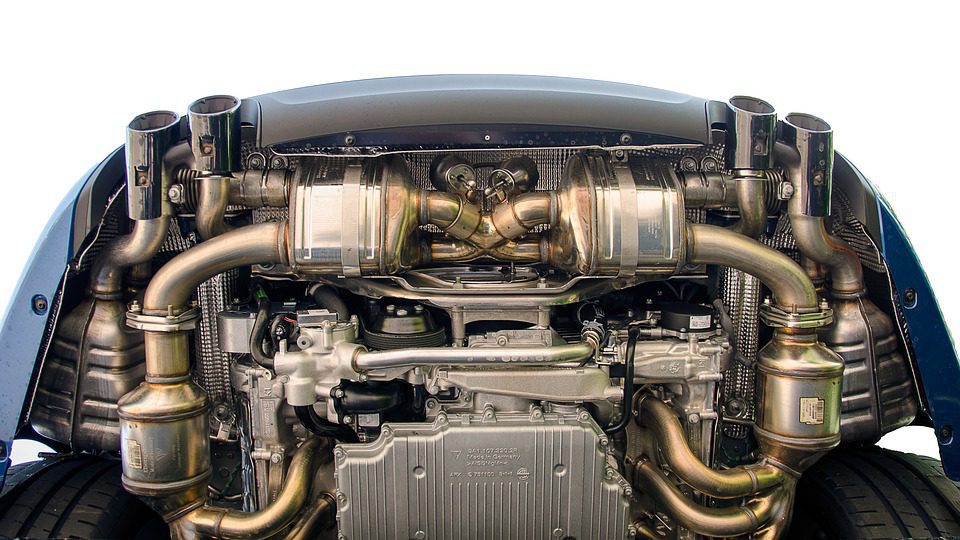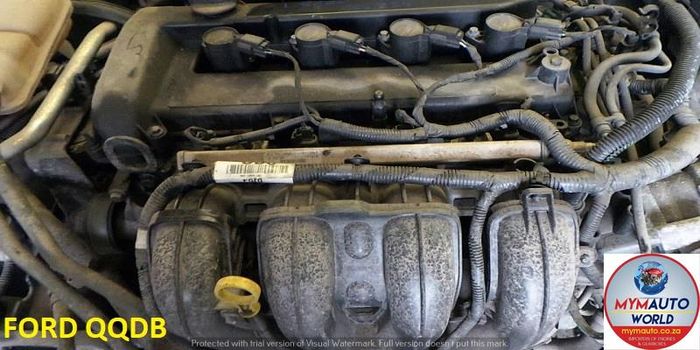Effective and effective Small Car Electric Motor Performance Analysis
Assessing the performance of small cars and truck motors is a nuanced task that needs a keen eye for information and a deep understanding of automobile engineering concepts. When it pertains to compact lorries, the balance in between effectiveness and power is crucial for supplying a driving experience that is both cost-effective and satisfying. By checking out key metrics such as horse power and torque, as well as examining fuel effectiveness, we can reveal insights into just how small cars and truck engines can be optimized for peak performance. Furthermore, discovering future trends in little auto motor innovation promises to reveal cutting-edge approaches that might improve the landscape of auto engineering.

Tiny Car Motor Performance Metrics
In examining the efficiency of tiny car motors, key metrics such as acceleration, fuel effectiveness, and power outcome play a critical duty in establishing their overall effectiveness and viability for different driving problems. Velocity, gauged in secs from 0 to 60 miles per hour, shows exactly how rapidly a little automobile can get to greater speeds, which is vital for merging onto highways or overtaking other vehicles. Gas performance, typically measured in miles per gallon (MPG), reflects how far a tiny auto can take a trip on a gallon of gas, influencing running prices and ecological sustainability. Power outcome, revealed in horsepower (HP) or kilowatts (kW), signifies the engine's ability to generate the necessary pressure to thrust the lorry, influencing its performance in numerous roadway conditions. By evaluating these efficiency metrics thoroughly, producers, drivers, and auto lovers can make informed choices relating to the choice and optimization of small cars and truck motors to meet their certain demands and choices.

Horsepower and Torque Analysis
With a basic function in recognizing small auto motor torque, performance and horsepower analysis supplies insight into the engine's power shipment characteristics. Horsepower is a dimension of the engine's capacity to do work over time, representing the price at which job is done. In the context of small automobile electric motors, horse power is essential for figuring out velocity, top speed, and general efficiency. Torque, on the various other hand, measures the engine's rotational force, suggesting its capacity to overcome resistance. Small automobile engines with greater torque worths generally feel a lot more receptive and give better velocity, making them ideal for city driving and overtaking maneuvers. When evaluating horsepower and torque in little automobile electric motors, it is crucial to take into consideration how these metrics interact to deliver a effective and well balanced driving experience. By recognizing the connection in between horse power and torque, vehicle designers can enhance engine efficiency to satisfy the particular demands of small vehicle applications.
Fuel Efficiency Analysis
The examination of fuel performance in little car motors plays an important role in establishing their environmental and financial impact. Gas efficiency describes the ability of an automobile to utilize gas effectively in regard to the distance took a trip. In tiny automobile electric motors, where small dimension frequently associates with better fuel economic situation, different variables influence effectiveness. Engine layout, weight, aerodynamics, and driving conditions all add to how effectively gas is consumed.
Little cars and truck electric motors that accomplish higher MPG ratings are considered extra fuel-efficient, resulting in price financial savings for motorists and decreased emissions that benefit the setting. Makers continuously aim to improve gas effectiveness through advancements in engine modern technology, light-weight materials, and aerodynamic layouts.

Enhancing Small Car Engine Efficiency
Enhancing the performance of little automobile engines is critical in taking full advantage of performance and decreasing functional expenses. Optimizing tiny automobile engine performance entails an alternative method that takes into consideration numerous elements such as engine design, gas administration systems, and overall lorry dynamics. One vital element of optimizing engine efficiency is guaranteeing correct maintenance schedules are complied with, including routine oil changes, filter substitutes, and spark plug examinations. Additionally, adjusting the engine to operate at its peak effectiveness can considerably boost Going Here overall efficiency.
One more essential consider maximizing little vehicle engine efficiency is the use of advanced modern technologies such as turbocharging or crossbreed systems. These technologies can boost power outcome without endangering gas efficiency, supplying a balance between efficiency and economy. Additionally, optimizing engine efficiency also entails improving burning effectiveness, reducing frictional losses, and enhancing thermal management systems.
Future Trends in Small Auto Motors
Because of progressing automotive innovations and the continual pursuit of ideal tiny vehicle engine efficiency, an expedition of future trends in little cars and truck motors becomes imperative - opel corsa engine. One popular pattern imminent is the enhancing combination of electrical powertrains in tiny vehicles. As the vehicle sector changes in the direction of sustainability and reduced discharges, even more little auto manufacturers are purchasing electric motor innovation to improve performance and ecological kindness
Another significant trend is the advancement of smaller yet much more powerful turbocharged engines for little cars and trucks. By scaling down engine abilities and including turbocharging modern technology, automakers can achieve higher power outputs while maintaining fuel efficiency. This trend aligns with the expanding customer need for little cars and trucks that supply a vibrant driving experience without jeopardizing on gas economic climate.
Additionally, the introduction of hybrid powertrains in small vehicles is expected to gain grip in the future. Crossbreed systems use the benefits of both internal burning engines and electrical motors, supplying enhanced performance and gas performance. As improvements in battery innovation read continue, tiny auto electric motors are likely to come to be a lot more effective and effective, dealing with the advancing requirements of consumers and governing demands for cleaner transportation remedies.
Final Thought
In final thought, the evaluation of little vehicle electric motor efficiency metrics such as horsepower, torque, and gas efficiency is crucial in enhancing engine performance. By reviewing these aspects, manufacturers can boost the general performance and power outcome of tiny cars and truck motors (opel corsa engine). Future patterns in small auto motors are most likely to concentrate on boosting performance while preserving gas effectiveness, making certain that small autos continue to be a affordable and dependable selection for consumers
By analyzing crucial metrics such as horsepower and torque, as well as examining gas efficiency, we can discover understandings right into how little auto engines can be optimized for peak performance. Enhancing tiny vehicle engine performance entails an all natural approach that thinks about numerous variables such as engine design, fuel administration systems, and general automobile characteristics.In light of progressing automotive innovations and the constant quest of optimum tiny car engine performance, an exploration of future trends in small automobile motors site web ends up being critical.In conclusion, the analysis of small vehicle motor performance metrics such as horsepower, torque, and fuel performance is crucial in maximizing engine efficiency. Future fads in tiny cars and truck electric motors are most likely to focus on improving performance while maintaining gas performance, guaranteeing that tiny autos proceed to be a cost-effective and reputable option for consumers.